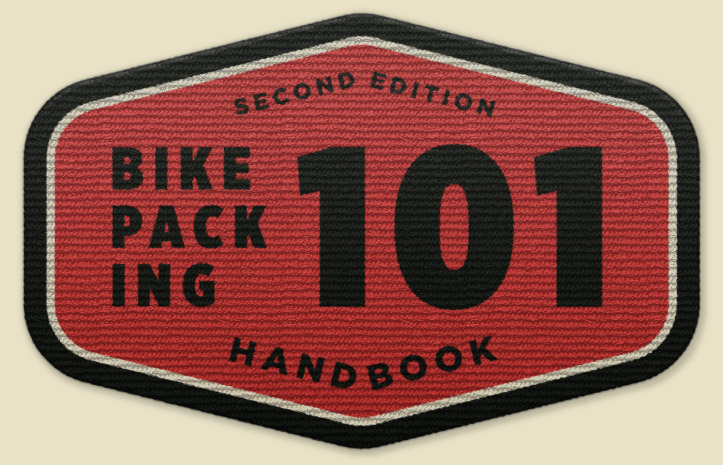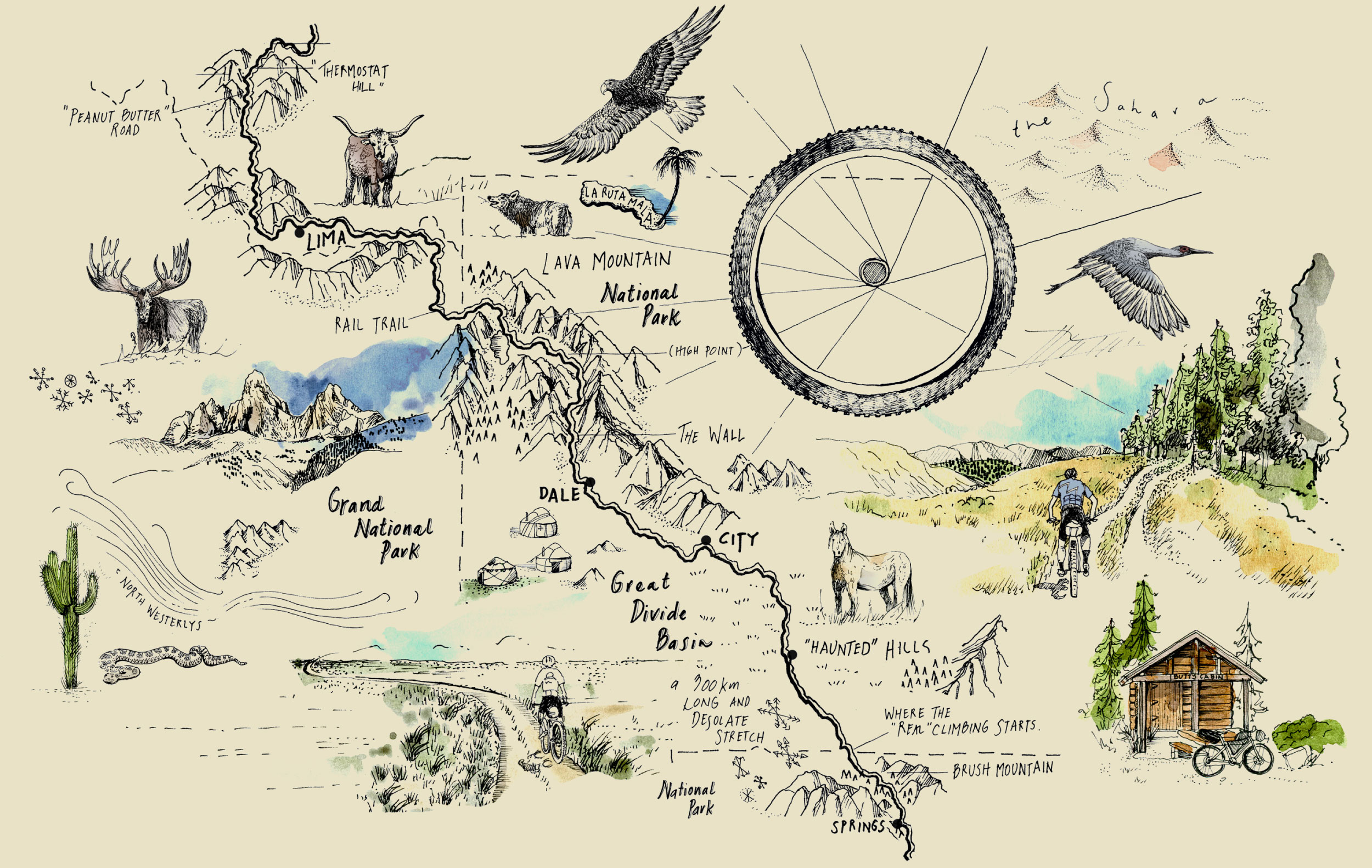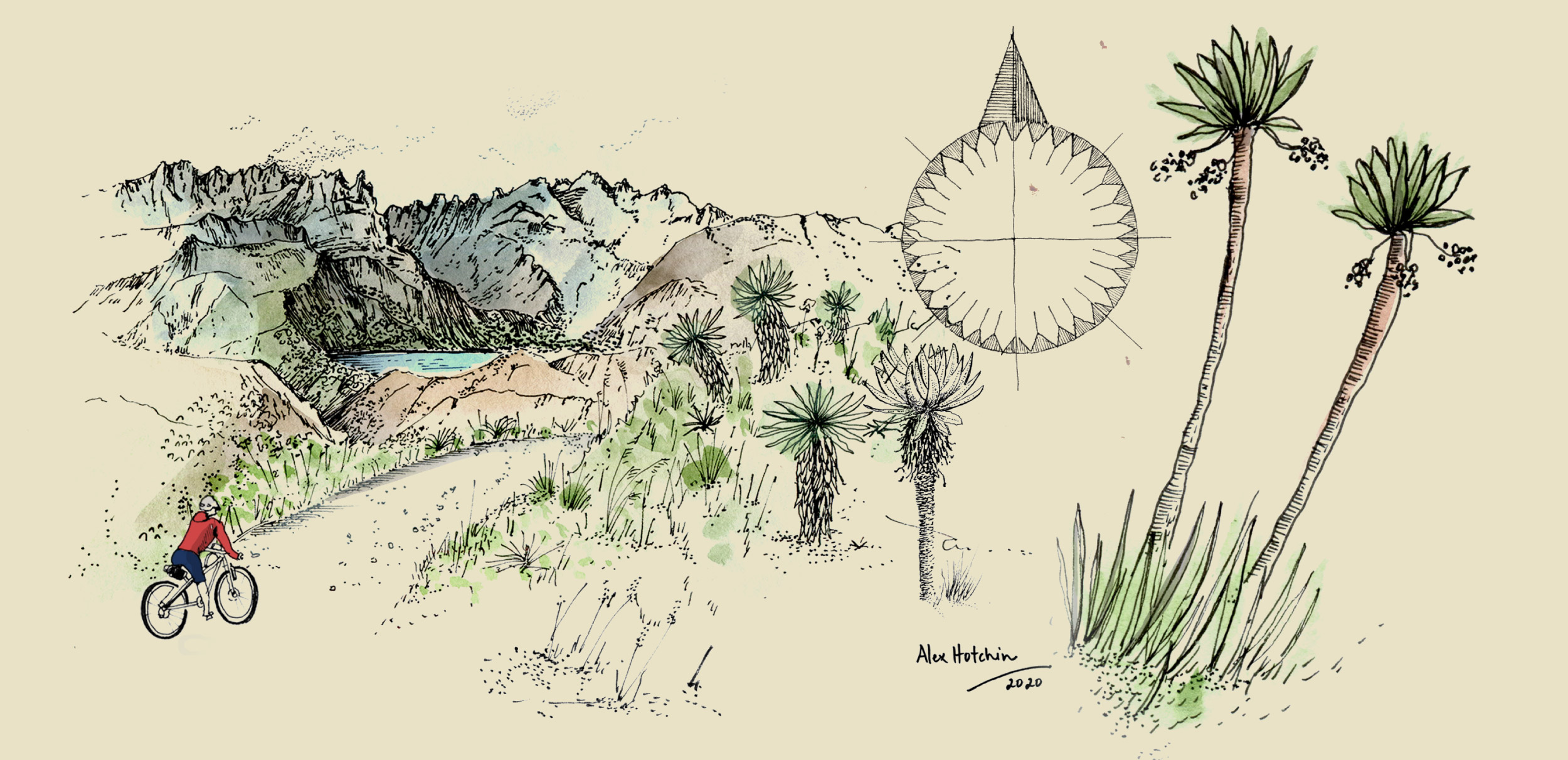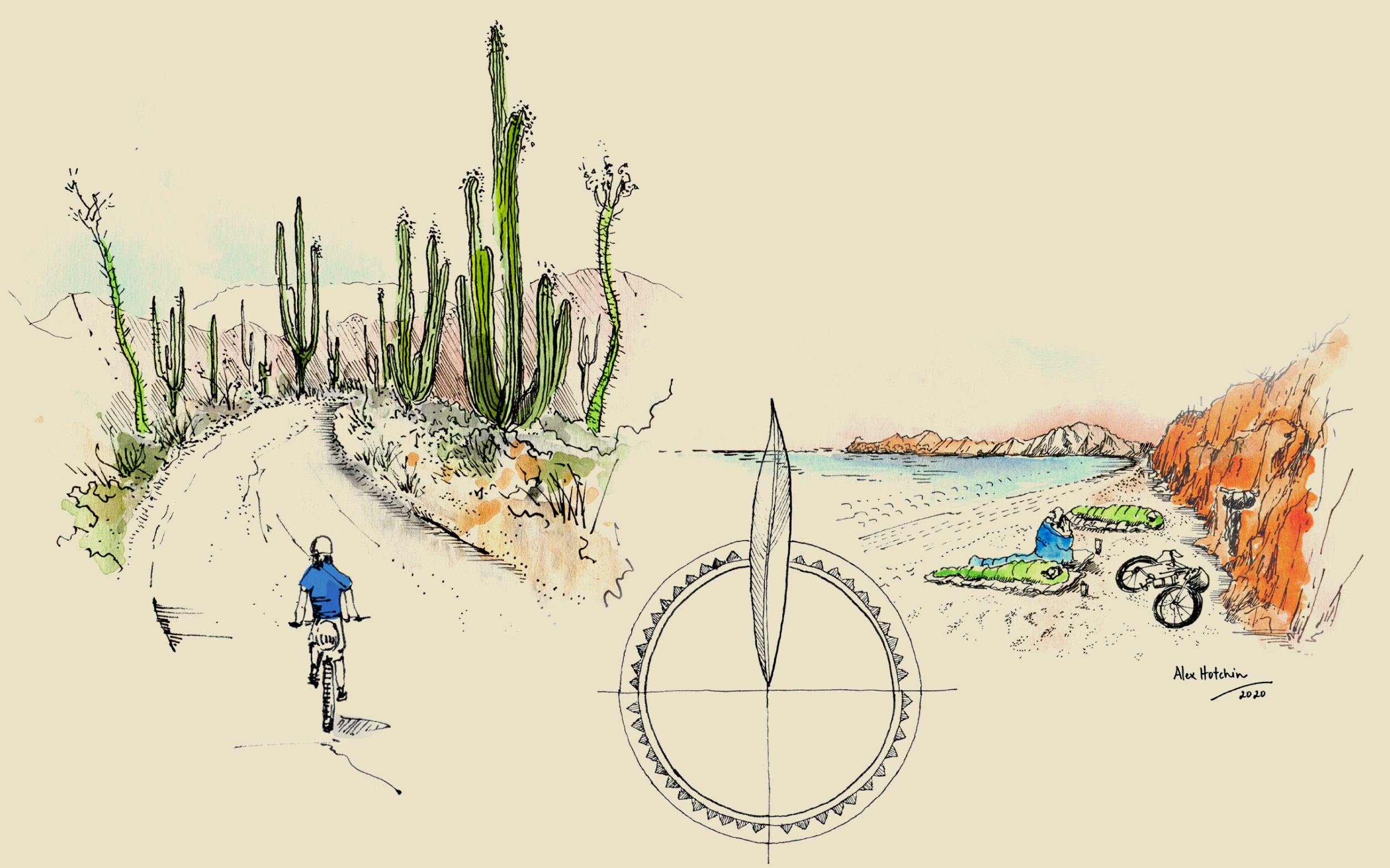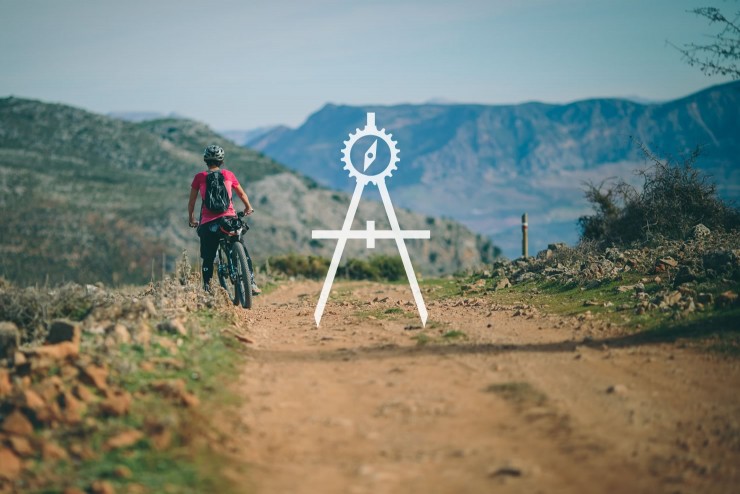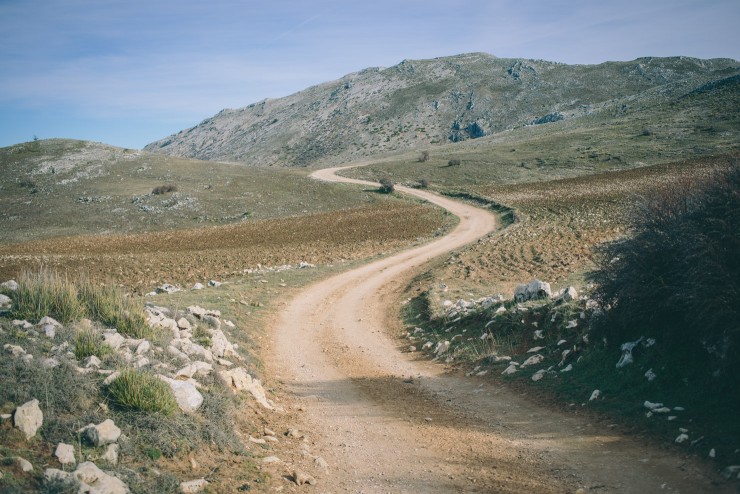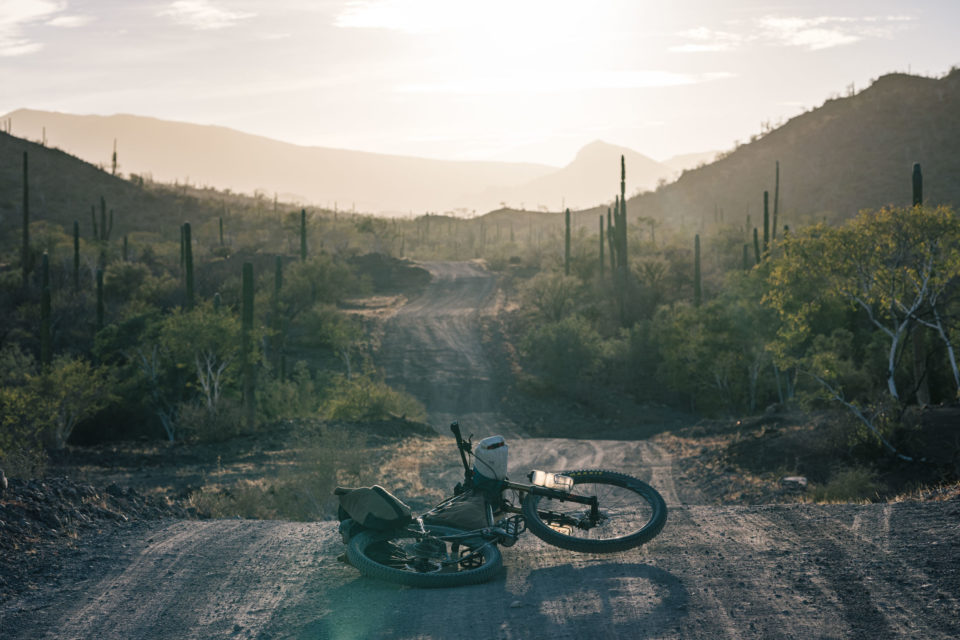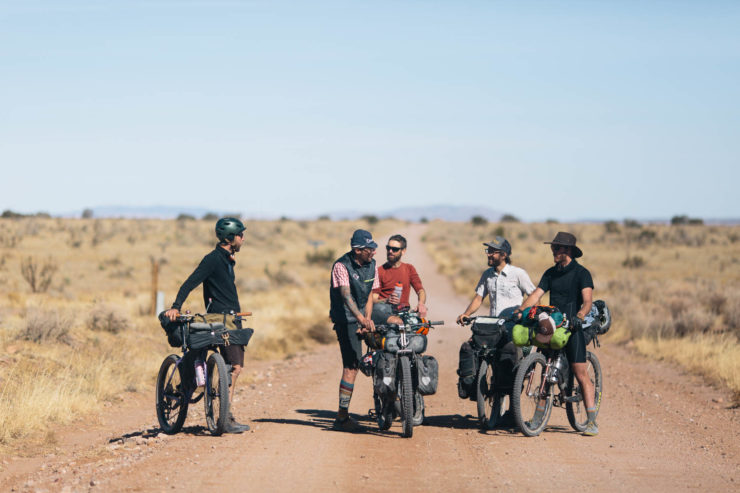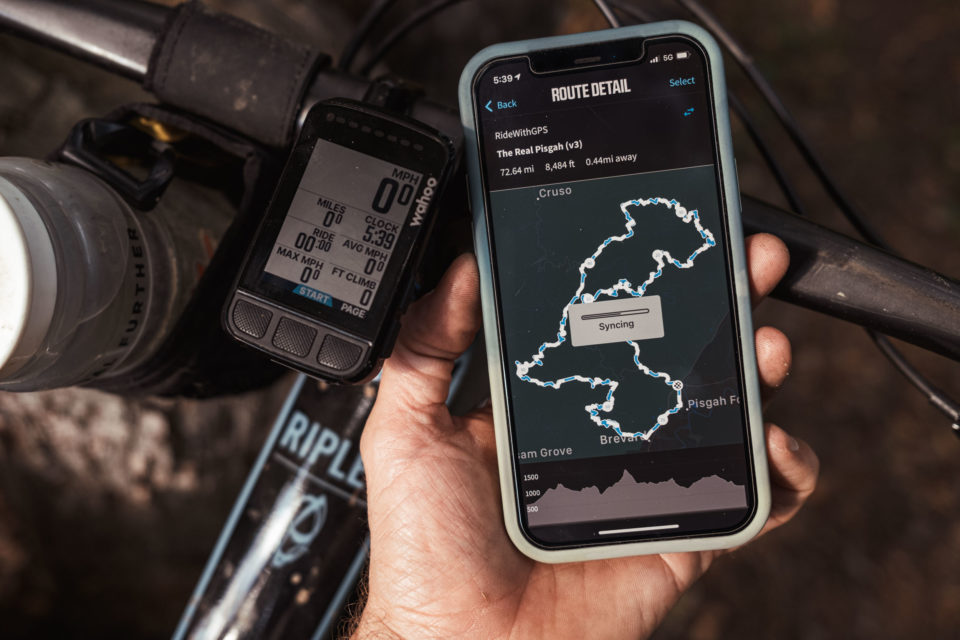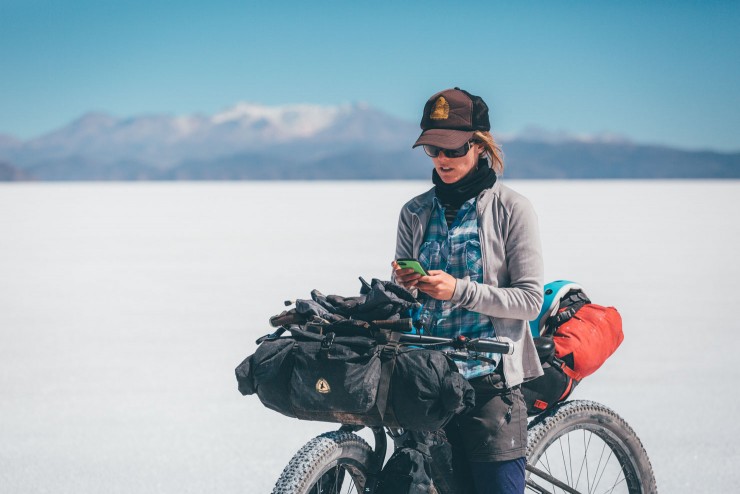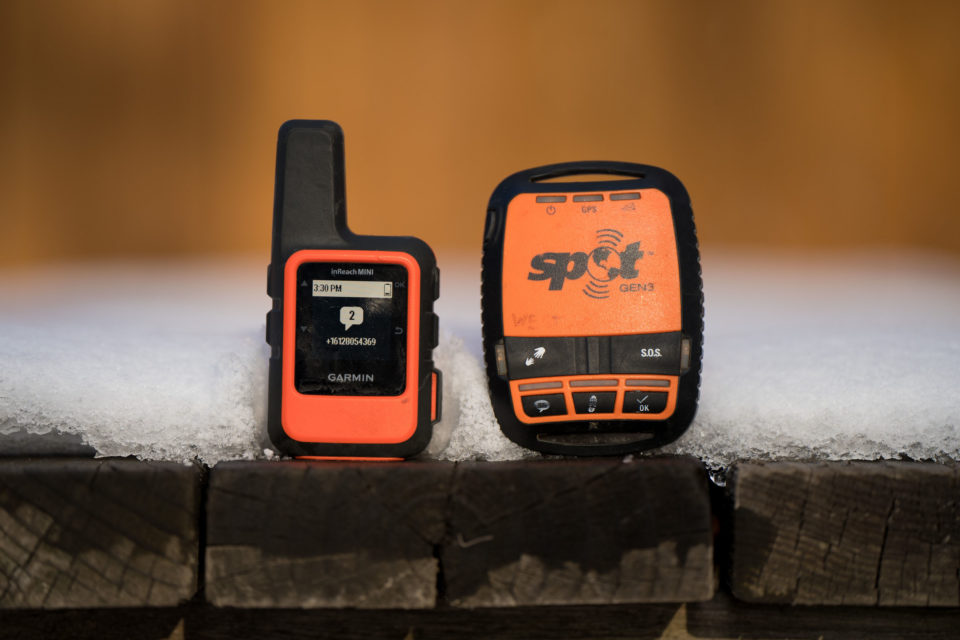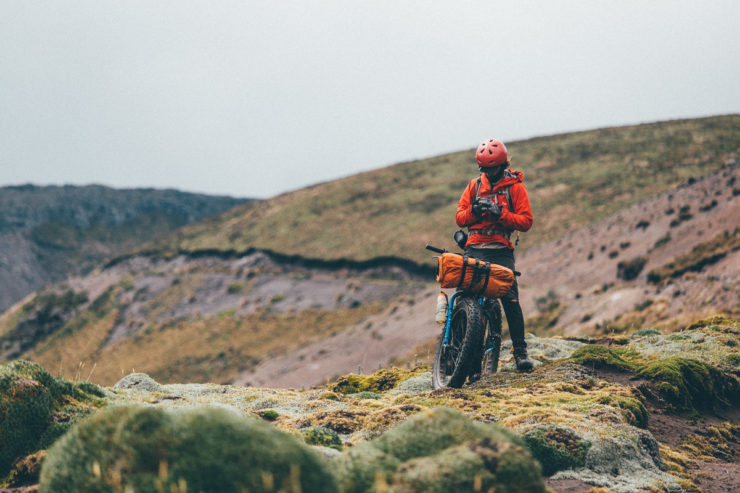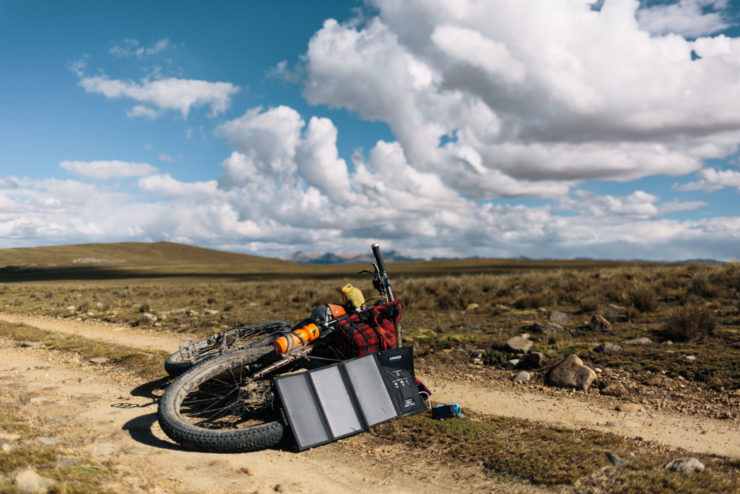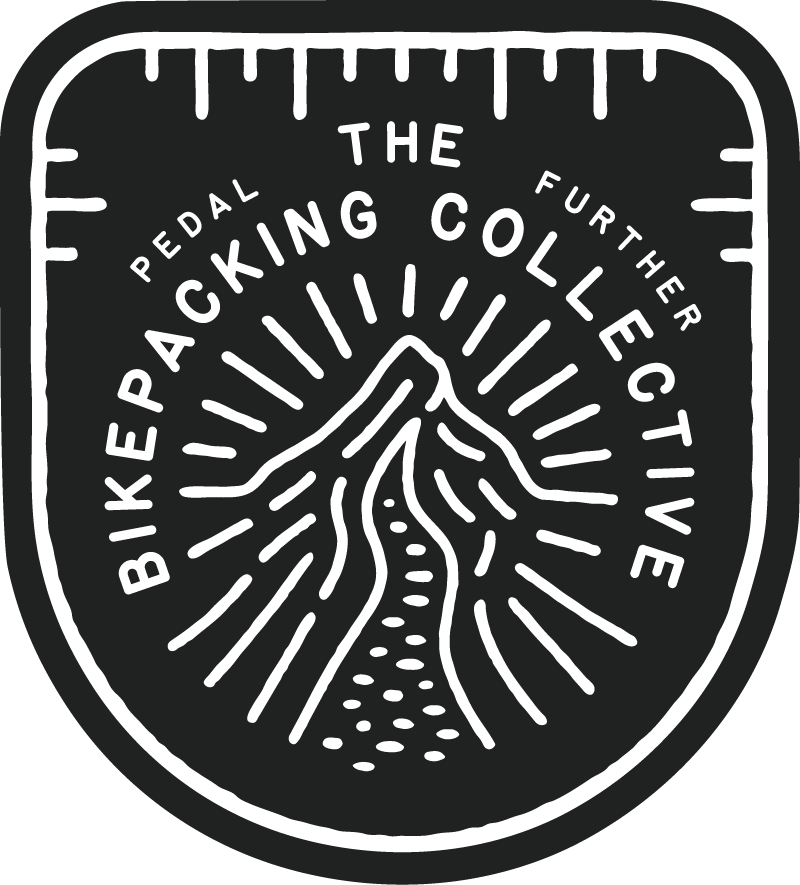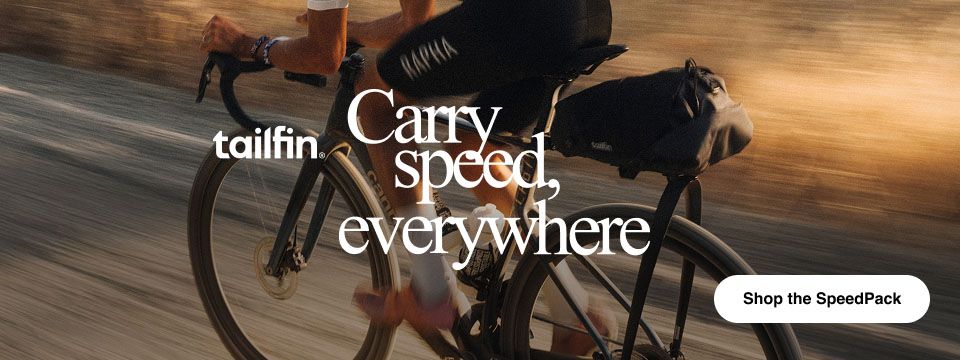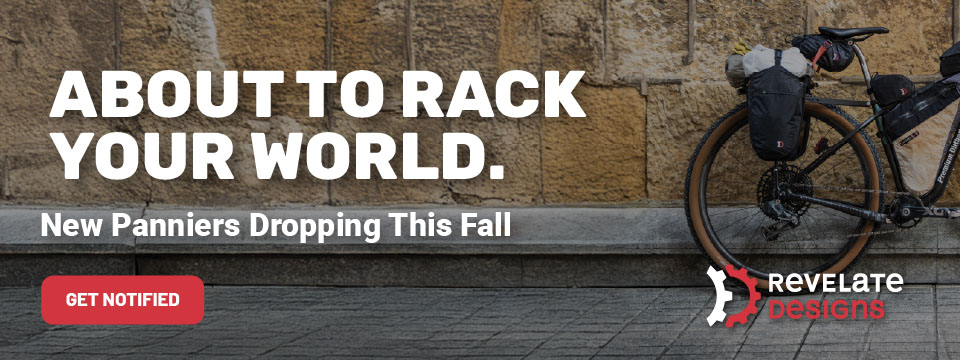Route Difficulty
By nature, pedaling a bike loaded with gear is slower and more strenuous than riding an unladen bike. This is important to keep in mind when planning any bikepacking trip, particularly your first. Beginner bikepackers should expect to go one-half to two-thirds the speed and distance they might go on a typical unloaded ride.
Every route published on BIKEPACKING.com is assigned an overall difficulty rating between 1 and 10 to help readers discern how challenging of an experience they can expect when setting out to ride it. Route difficulty ratings are based on the opinion and experience of individual route creators and may vary from route to route. To help further define this number and create clearer expectations, we provide a few sentences in each route guide to describe this rating, notes within the Must Know tab, and three additional metrics.
Most of these metrics, save the Climbing Scale, are subjective and can change based on weather, time of year, individual fitness and abilities, and other such environmental factors. For example, some routes may be much more challenging at certain times—such as clay roads that turn into “death mud” that can stop you in your tracks when wet. Do your own due diligence and research before setting out on any of the routes listed on this website.
Technical Difficulty
This metric is used to define the technical nature of the surfaces found on the route. For example, a route with a technical rating of 1 to 3 might be mostly smooth, graded gravel with the occasional obstacle or loose section. A route rated 4 to 7 on this scale may have more varied surfaces with uneven dirt roads, off-camber areas, relatively non-technical singletrack, or a few challenging obstacles. On a route with a technical rating of 8 to 10, you might expect steep riding, exposure, hike-a-bike, and rocky and rooty technical singletrack with obstacles.
Physical Demand
This metric defines the strenuousness of the route. Routes with relatively flat and easy terrain will have a rating from 1 to 3, whereas hillier or mountainous routes with occasional long climbs might come with a 4 to 7 physical demand rating. Rides with regular steep grades, relentless climbing, and those at high elevations might receive an 8 to 10 in this category.
Resupply and Logistics
The physical and technical difficulty ratings of a route are important considerations. However, these numbers leave out several critical factors. For example, some routes might be relatively flat and smooth but still remote, long, or devoid of resupply options. The resupply and logistics metric factors in the ease of food and water availability, transport to and from the beginning or end, and other factors that affect the logistical difficulties of the route, among other logistical considerations. Perhaps the most basic element of this metric is what type of route it is. Whether they’re short or long, bikepacking routes fall into one of two categories:
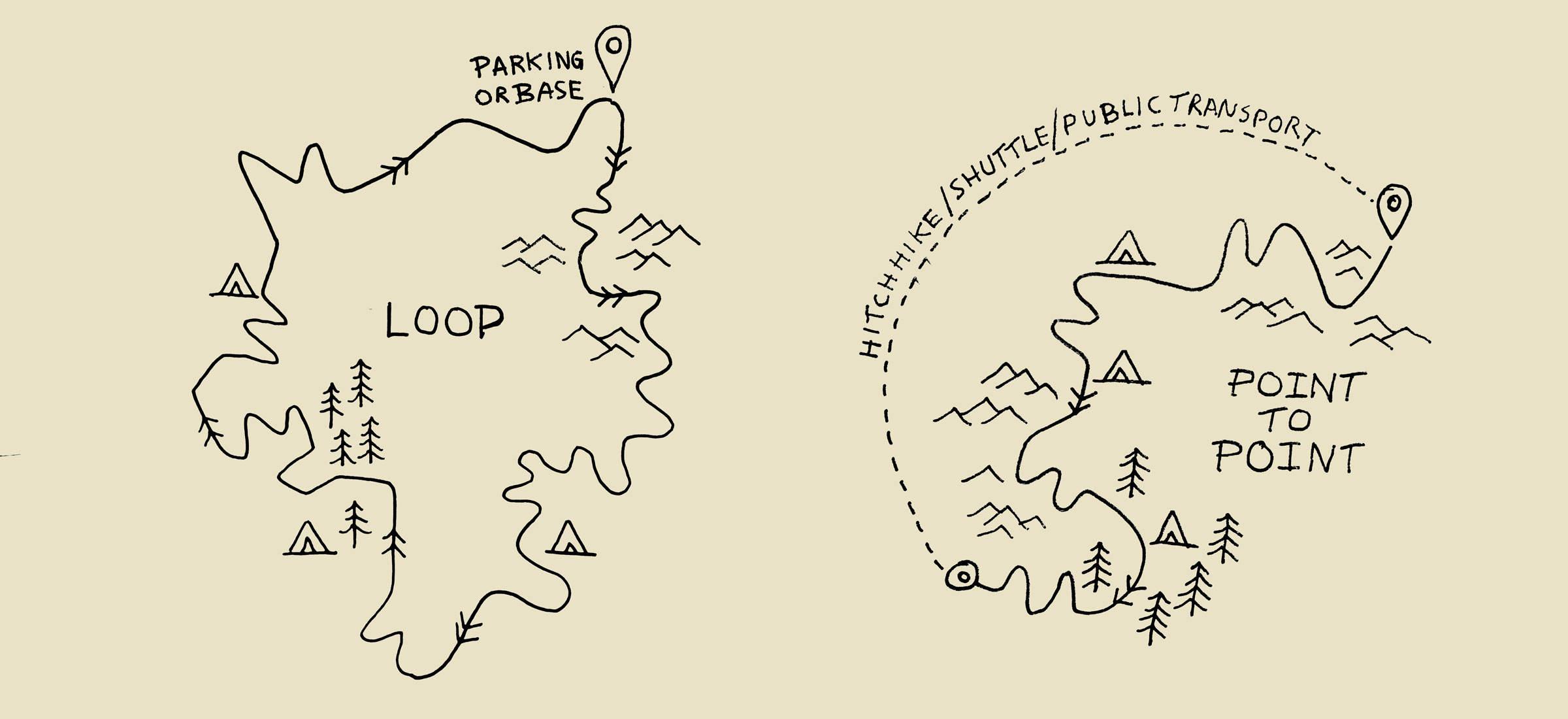
1. Loops: A loop starts and finishes at the same place. Starting points often include places like parks, historical landmarks, public transportation hubs, or parking areas. For time and tactical reasons, bikepackers often prefer loops, especially for shorter trips, so the logistics of post-ride transportation don’t take time away from riding. Note that most of the overnighters in our Local Overnighter archive are loops. Overnighters are meant to be simple, quick getaways where the loop format makes the most sense.
2. Linear routes: A linear route, or through-route, is a one-way ride that starts and finishes in two separate locations. This requires an additional logistical component that involves transportation from the route’s terminus back to the starting point or to a different location altogether. Connecting through-routes is great when on a longer trip, but if time is a constraint, the added logistical challenge can be cumbersome. Transport may include hitchhiking, arranging a shuttle, or taking public transportation (train, bus, taxi, etc.). We’ve also used rental cars and U-Haul trucks.
Climbing Scale
Another important metric to analyze is where your intended route falls on the Climbing Scale. This is the only metric in this list that is completely objective, with each route programmatically assigned a value from 1 to 10 based on average feet per mile (meter per kilometer). Bear in mind this is an average over a whole route. Some routes may have steeper climbs than others that this number may not reflect. It also doesn’t differentiate terrain—a dirt road climb may be tougher than a paved one—or elevation—climbing at lower elevations is easier than doing so at higher elevations. Here’s how it breaks down with some route examples to compare (numbers in parentheses represent feet per mile and meters per kilometer):
